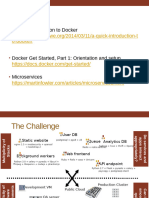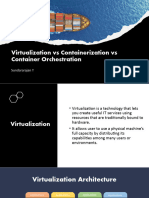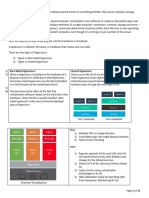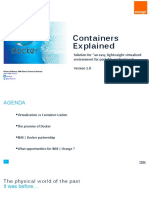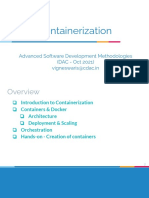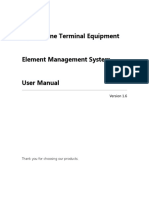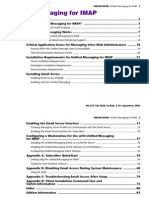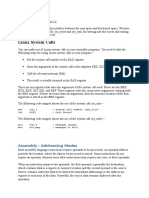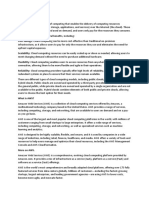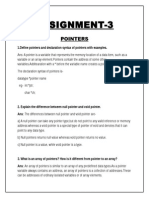0% found this document useful (0 votes)
6 views7 pagesWeek 6 Lecture
The document discusses the differences between containers and virtual machines, highlighting their architectures, pros, and cons. It introduces Docker as a popular container platform and Kubernetes for managing containerized applications. Practical tasks for students are included to compare VMs and Docker, as well as hands-on activities with Docker and Kubernetes.
Uploaded by
jannatimtiaz288Copyright
© © All Rights Reserved
We take content rights seriously. If you suspect this is your content, claim it here.
Available Formats
Download as PDF, TXT or read online on Scribd
0% found this document useful (0 votes)
6 views7 pagesWeek 6 Lecture
The document discusses the differences between containers and virtual machines, highlighting their architectures, pros, and cons. It introduces Docker as a popular container platform and Kubernetes for managing containerized applications. Practical tasks for students are included to compare VMs and Docker, as well as hands-on activities with Docker and Kubernetes.
Uploaded by
jannatimtiaz288Copyright
© © All Rights Reserved
We take content rights seriously. If you suspect this is your content, claim it here.
Available Formats
Download as PDF, TXT or read online on Scribd
/ 7





